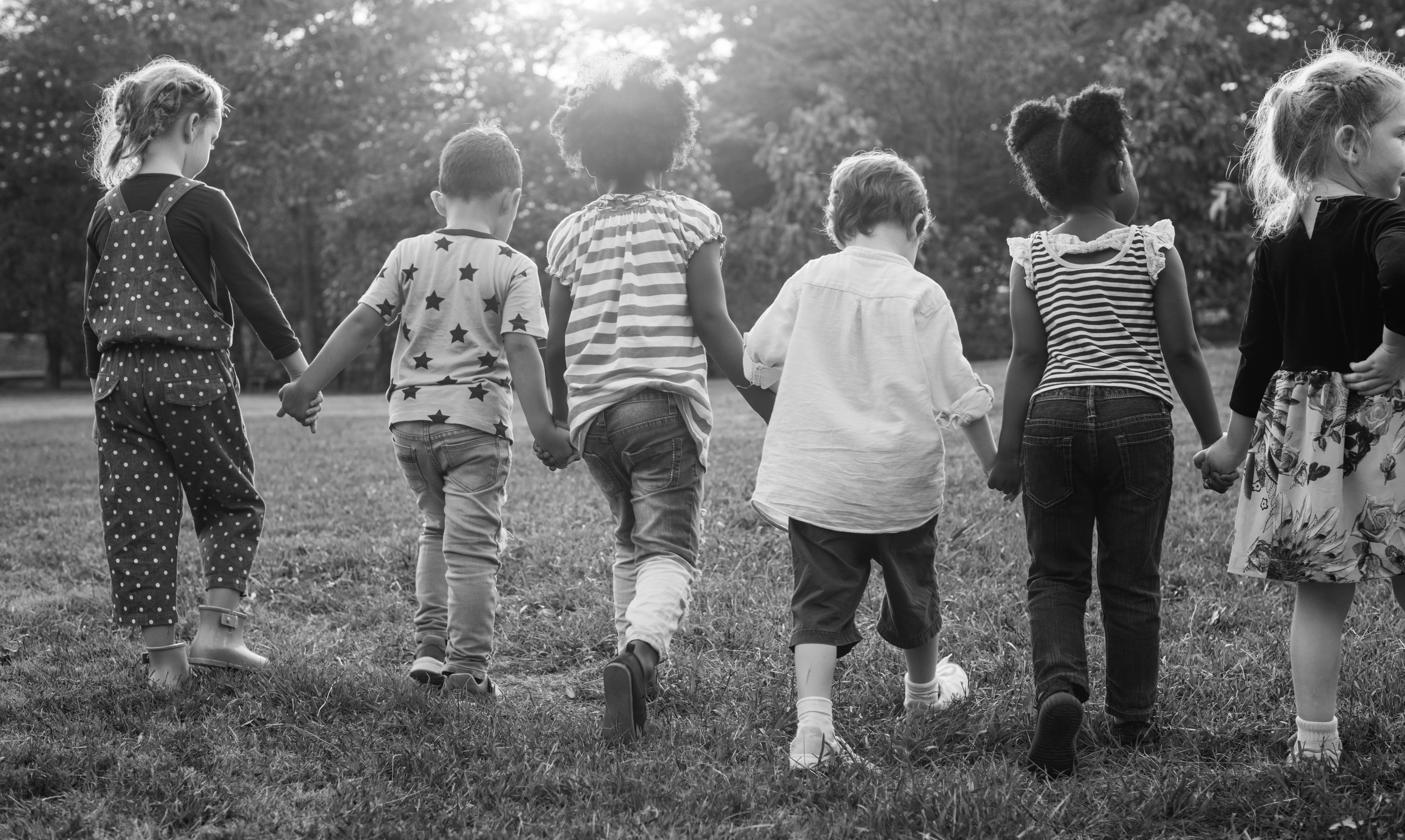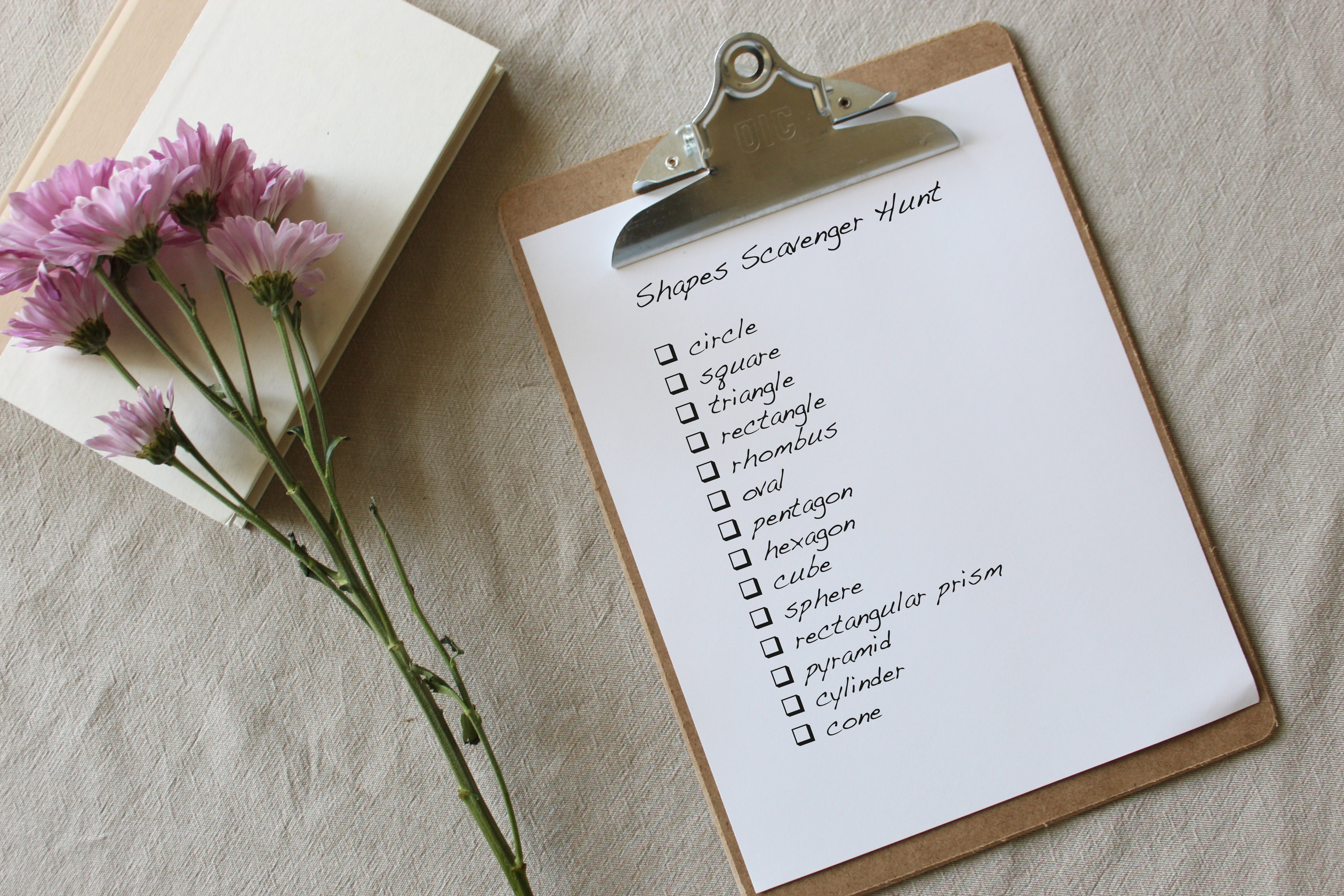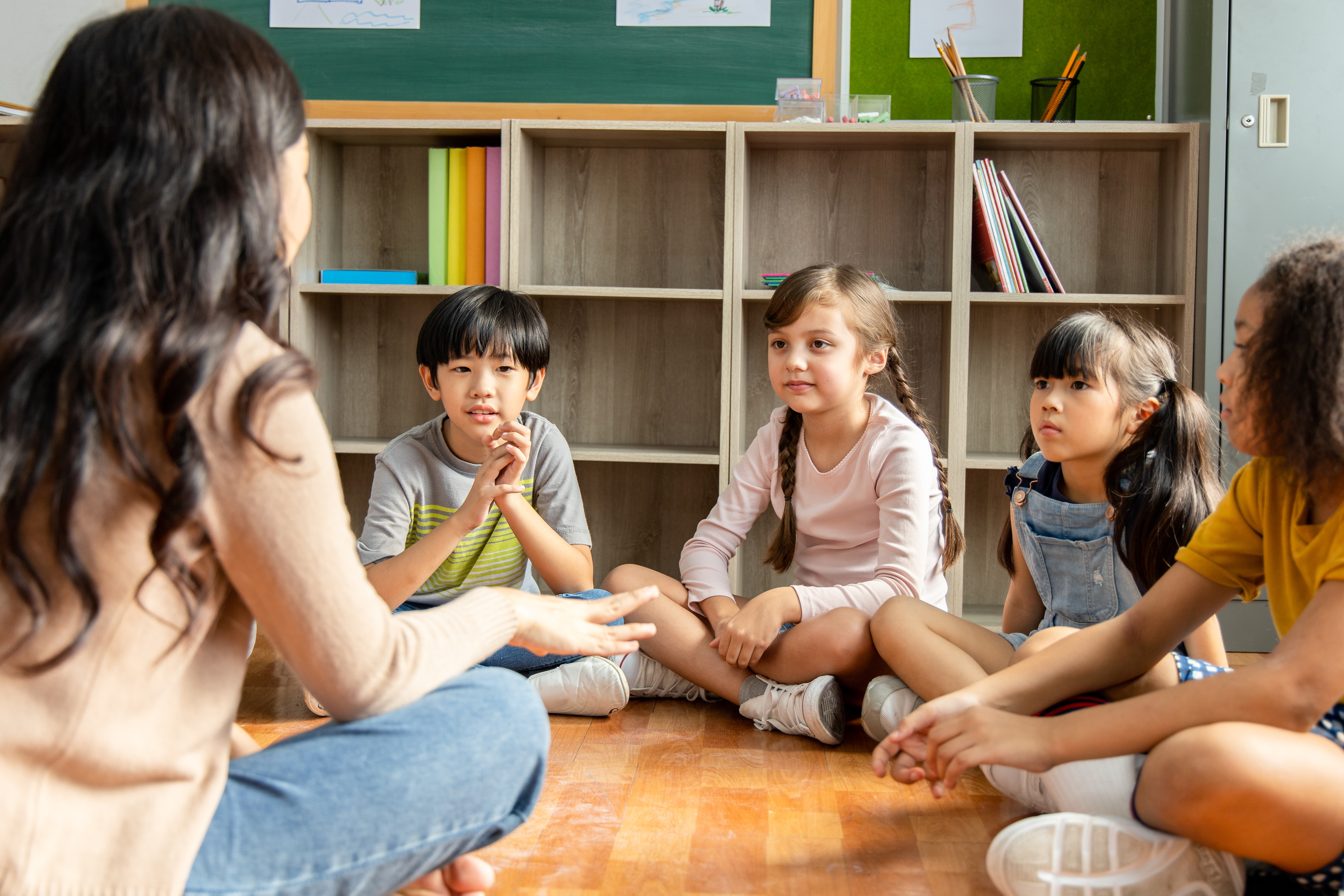
Touchpoints During Teaching
At Walkabouts, we believe in teaching the whole child. We understand that social and emotional learning (SEL) is just as important as growing cognitive skills in academic areas such as language arts, math, and reading. An inclusive approach encourages the knowledge and skills necessary for long-term success. To incorporate social and emotional learning during the school day, teachers can leverage touchpoints.
Touchpoints are simple techniques teachers can use to build positive relationships with students. With touchpoints, educators use consistent communication and regular check-ins. While showing genuine interest, teachers foster caring relationships with students through positive interactions. Touchpoints are opportunities to remind students about the value of learning and the importance of engagement.
By making interactions intentional, educators can build collaboration and connection while they teach academic content. Implementing points of connection with students fosters social, emotional, and cognitive well-being in the classroom. Students grow in their sense of belonging as they make responsible, caring decisions that are considerate of both themselves and others.
Throughout the course of a school day, there are various formal and informal touchpoint opportunities. Educators are well-practiced in touchpoints that are necessary part of the profession. Teachers routinely:
- Greet students at the beginning of the day and/or class, often on an individual basis.
- Ask students’ opinions during whole-group and one-on-one discussions.
- Establish classroom procedures, expectations, and norms through collaboration with students.
- Ensure students make satisfactory progress with formal and informal checks for understanding.
- Recognize students’ hard work with verbal praise, nonverbal gestures, and written acknowledgement.
- Offer student feedback with tips, resources, encouragement, and/or assistance.
Integrating touchpoints as a way to build social and emotional skills along with cognitive skills allows for interactions to foster more desirable outcomes. Plant seeds of positivity at the start or end of class with three fun and interactive touchpoints to check in with students.
#1 CHECK-IN SURVEY
Helping students identify feelings and express emotions can be facilitated with regular check-ins. Use Google forms or a similar tool to create a quick and age-appropriate check-in survey for students. In the survey, students can confidentially share how they are feeling. This survey allows teachers to show students that they genuinely care about their safety and well-being throughout the school year. Check-in surveys can be completed as needed: daily, weekly, bi-weekly, monthly, or quarterly. Educators can easily edit the survey format to suit their students’ needs. Other ideas include:
- Add novelty by changing the well-being questions and/or format each time students complete a survey.
- Ask for student feedback on academically relevant information.
- Find out about students’ preferences around learning tasks and the classroom environment.
- Get to know students better through personalized or open-ended survey questions.
#2 EMOTIONAL FUEL
When bellies are hungry during snack and meal times, we use food as fuel for the body. To power productivity in the classroom, associate students’ favorite foods with emotional fuel. Have each student divide a piece of paper into four sections. In each section, ask students to draw a picture of a favorite food and associate it with a positive emotion. If desired, brainstorm foods and positive emotions with students. Perhaps pizza equals positivity, an apple equates brain power, popcorn is persistence, and ice cream evokes energy. Have fun and let the imaginary foods boost positivity throughout the day — belly rumbles (hopefully!) not included.
#3 PASS THE POSITIVITY
Pair mindfulness with movement as the class works together to pass the positivity to each other. On a small slip of paper, have each student write their name and a positive vibe such as creativity, curiosity, growth, empathy, mindfulness, motivation, resilience, or self-confidence. Collect the slips, and place them in a container. Have students take turns choosing a slip, making sure they don’t choose their own. Select a student to start. After the first student has selected a slip, they should say, “I am passing (positive vibe) to (student’s name),” while passing an imaginary or (teacher-approved) real object to that classmate. The classmate who caught the positive vibe is the next to choose a slip and pass the positivity.
Touchpoints in education can be the foundation for positive approaches to lifelong learning. Students thrive as a classroom community through the healthy, strong relationships they establish with touchpoints. In turn, their sense of belonging and well-being fosters academic achievement, acceptance of others, social competence, and mental health. Students become good classmates, leaders, and citizens who want to positively change the world.
Teachers agree that Walkabouts foster SEL in the classroom. Walkabouts use movement to help students develop social and emotional competencies. Pre-K to 2nd grade teachers who want to integrate movement with language arts, math, and reading content and foster SEL in their classrooms can sign up for a FREE one-month trial of the Walkabouts platform.





